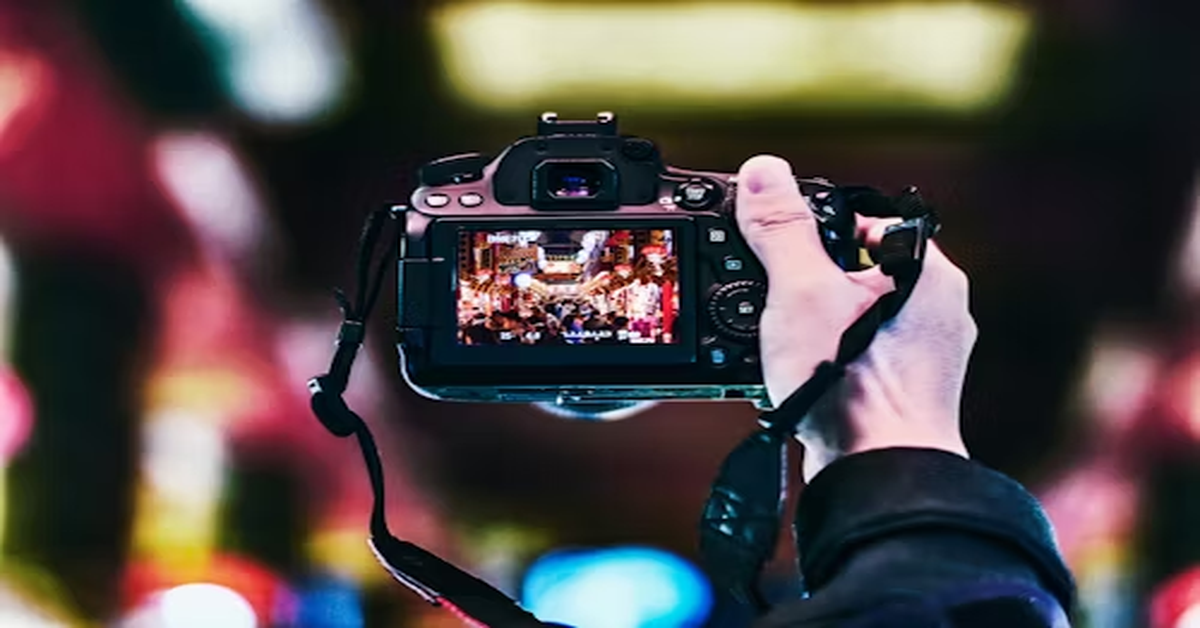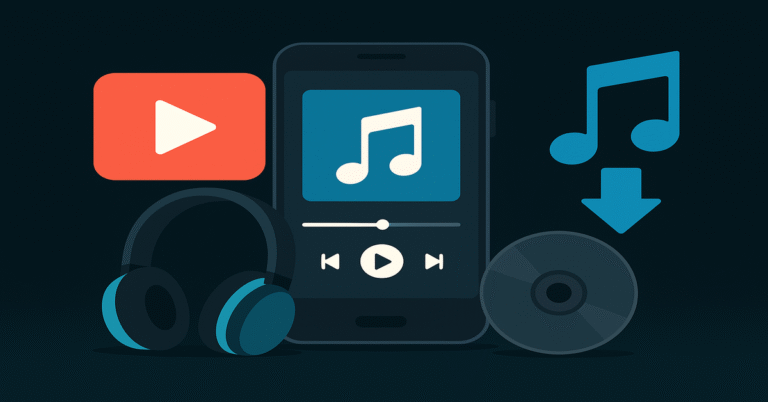
The term “video&a” can be understood as a combined reference to video production, editing, applications, and audience engagement. In today’s world, video has become the dominant medium for communication, entertainment, education, and marketing. Whether it is a brand reaching its customers, a teacher educating students, or a filmmaker showcasing creativity, video has established itself as the most powerful form of digital expression.
This article provides a detailed 3000-word exploration of video&a. We will examine the evolution of video as a medium, the technological tools used in its creation and editing, the applications across industries, and the strategies for maximizing impact. Alongside these, we will explore how businesses, educators, and individuals can harness video effectively while addressing challenges like accessibility, copyright, and technical requirements.
Understanding Video&A
The phrase “video&a” merges two core ideas:
- Video – The creation, capture, and sharing of moving visual content.
- A – Which can stand for applications, analysis, accessibility, or audience, highlighting the practical dimensions of video content.
In essence, video&a emphasizes both the creation of video and its functional usage. It is not only about making beautiful visuals but also about analyzing their impact, applying them in different sectors, and ensuring they reach the right audience.
The Evolution of Video as a Medium
Video technology has traveled a long journey—from grainy black-and-white films to high-definition streaming available on smartphones. To appreciate video&a fully, it is important to see how the medium has developed over time.
| Era | Technological Milestone | Impact on Society |
|---|---|---|
| 1890s | Early film cameras | Silent moving images introduced entertainment |
| 1920s | Sound films (Talkies) | Movies gained realism and mass appeal |
| 1950s | Television broadcast | Household entertainment revolution |
| 1980s | VHS & camcorders | Personal video recording became possible |
| 2000s | Digital video & DVDs | Higher quality, ease of editing |
| 2010s | Streaming platforms (YouTube, Netflix) | Global video accessibility |
| 2020s | 4K/8K, VR, AR video | Immersive, interactive experiences |
Video&a sits within this timeline, emphasizing not only how video is created but also how it is applied, shared, and consumed in the digital age.
Components of Video&A
To understand video&a in detail, let us break it into its major components:
- Video Creation – The process of capturing visuals using cameras, smartphones, or digital devices.
- Video Editing – The refinement stage where raw footage is cut, arranged, enhanced with sound, and polished for the final product.
- Applications (A) – The different contexts in which videos are used: education, business, entertainment, marketing, and social media.
- Audience & Analytics – Understanding viewer engagement, retention, and preferences through tools like YouTube Analytics or Google Ads insights.
- Accessibility – Ensuring videos are inclusive through subtitles, translations, and adaptive formats.
This layered understanding helps explain why video&a is more than just visual content—it is an ecosystem.
Video Creation: Tools and Techniques
Creating high-quality video content requires combining creativity with the right tools. Some key aspects include:
- Cameras: Ranging from DSLRs to smartphone cameras with 4K capabilities.
- Lighting: Proper lighting enhances clarity, emotion, and focus.
- Sound: Microphones ensure audio matches the visual quality.
- Editing Software: Tools like Adobe Premiere Pro, Final Cut Pro, or free software like DaVinci Resolve refine the content.
Table: Common Video Tools
| Purpose | Professional Tool | Beginner-Friendly Option |
|---|---|---|
| Editing | Adobe Premiere Pro, Final Cut Pro | iMovie, Shotcut |
| Animation | After Effects | Canva, Blender |
| Sound | Audition, Pro Tools | Audacity |
| Cameras | Canon EOS, Sony Alpha | Smartphone cameras |
| Distribution | YouTube Studio, Vimeo | Instagram, TikTok |
Applications of Video&A Across Industries
One of the strongest aspects of video&a is its multi-industry application. Let us explore key domains where video plays an essential role:
1. Education
Video has transformed learning through e-learning platforms, recorded lectures, tutorials, and animated explainer videos. Educational videos improve comprehension and retention.
2. Business and Marketing
Brands use videos for advertising, social media promotion, product demonstrations, and corporate communication. Video boosts engagement and conversion rates.
3. Entertainment
Films, web series, and music videos dominate the entertainment industry. Streaming platforms thrive primarily on video content.
4. Social Media
Short-form videos on TikTok, Instagram Reels, and YouTube Shorts have changed content consumption patterns.
5. Healthcare
Video consultations, awareness campaigns, and training for medical professionals leverage the power of visual communication.
| Industry | Use of Video&A | Example |
|---|---|---|
| Education | Online courses, tutorials | Coursera, Khan Academy |
| Marketing | Brand ads, influencer videos | YouTube ads, Instagram |
| Entertainment | Streaming, movies | Netflix, Disney+ |
| Healthcare | Telemedicine, training | Doctor video calls |
| Corporate | Internal communication | Training sessions, webinars |
The Power of Storytelling in Video&A
At the heart of every effective video is storytelling. A well-structured video connects emotionally with the audience, regardless of whether it is a product ad or a documentary. Storytelling involves:
- Introduction: Grabbing attention.
- Conflict/Problem: Identifying what needs solving.
- Solution/Message: Presenting value or insight.
- Conclusion: A call-to-action or emotional closure.
Without storytelling, videos risk becoming just moving images without impact.
Analytics in Video&A
Another critical “A” in video&a is analytics. Understanding how videos perform ensures creators can improve engagement. Key metrics include:
- Views – Total number of times the video is watched.
- Watch Time – How long audiences stay engaged.
- Click-Through Rate (CTR): Percentage of viewers who take action.
- Audience Retention: Identifying which parts hold attention or lose viewers.
- Shares and Comments: Measuring social engagement.
By analyzing these metrics, creators optimize content for better performance.
Accessibility in Video&A
Accessibility ensures video content is inclusive to all audiences. Important practices include:
- Subtitles and Captions: Beneficial for non-native speakers and hearing-impaired viewers.
- Audio Descriptions: Narrations for visually impaired individuals.
- Multiple Formats: Offering both HD and low-resolution versions for different internet speeds.
- Translations: Making content available globally.
This reflects the ethical side of video&a: ensuring no one is left behind.
Challenges in Video&A
While video&a is powerful, it is not without challenges:
- High Costs: Professional production can be expensive.
- Technical Complexity: Requires skills in editing, sound, and lighting.
- Copyright Issues: Using music or visuals without permission leads to legal risks.
- Over-Saturation: With millions of videos uploaded daily, standing out is hard.
- Attention Span: Audiences often drop off if content is not engaging quickly.
Platforms like YouTube and TikTok have pushed creators to adopt strategies like shorter formats, storytelling hooks, and better production values to overcome these challenges.
The Future of Video&A
The future promises even greater integration of video with technology:
- Artificial Intelligence: Personalized recommendations and automated editing.
- Virtual Reality (VR): Fully immersive video experiences.
- Augmented Reality (AR): Interactive videos for marketing and education.
- Blockchain Integration: Securing ownership of videos using NFTs.
- AI-Powered Analytics: Real-time insights into audience behavior.
The fusion of creativity and technology will push video&a into entirely new territories.
Conclusion
The concept of video&a encapsulates the holistic view of video in today’s world. It is not limited to producing content but extends to editing, applying, analyzing, and making video accessible for diverse audiences. As the dominant medium of communication, video is a universal language capable of educating, entertaining, and inspiring people across borders.
Platforms, educators, businesses, and creators who embrace video&a will remain relevant in the evolving digital landscape. With the integration of advanced technology, video is no longer a passive experience but an interactive, measurable, and impactful force. In this sense, video&a represents the present and future of communication.
FAQs
1. What does video&a mean?
Video&a refers to the combination of video creation and its applications, analysis, accessibility, and audience engagement across industries.
2. Why is video important today?
Video dominates digital communication because it captures attention, conveys emotions, educates effectively, and drives business engagement.
3. How is video&a used in education?
Through recorded lectures, tutorials, animations, and interactive e-learning platforms that improve understanding and retention.
4. What role does analytics play in video&a?
Analytics helps creators measure views, retention, and engagement, improving future video strategies.
5. What is the future of video&a?
The future includes AI-powered video editing, VR/AR immersive experiences, and blockchain-secured digital video ownership.






